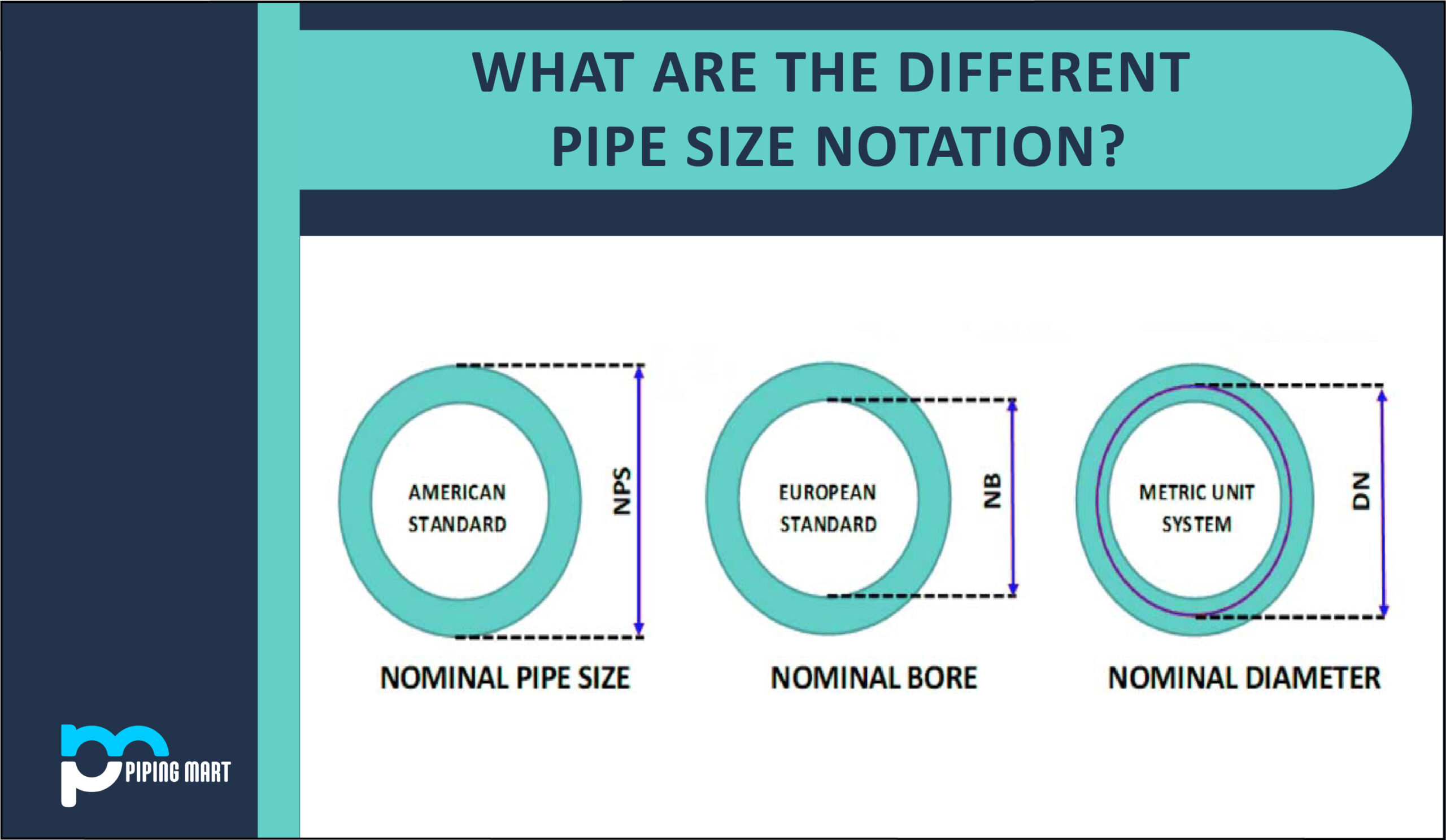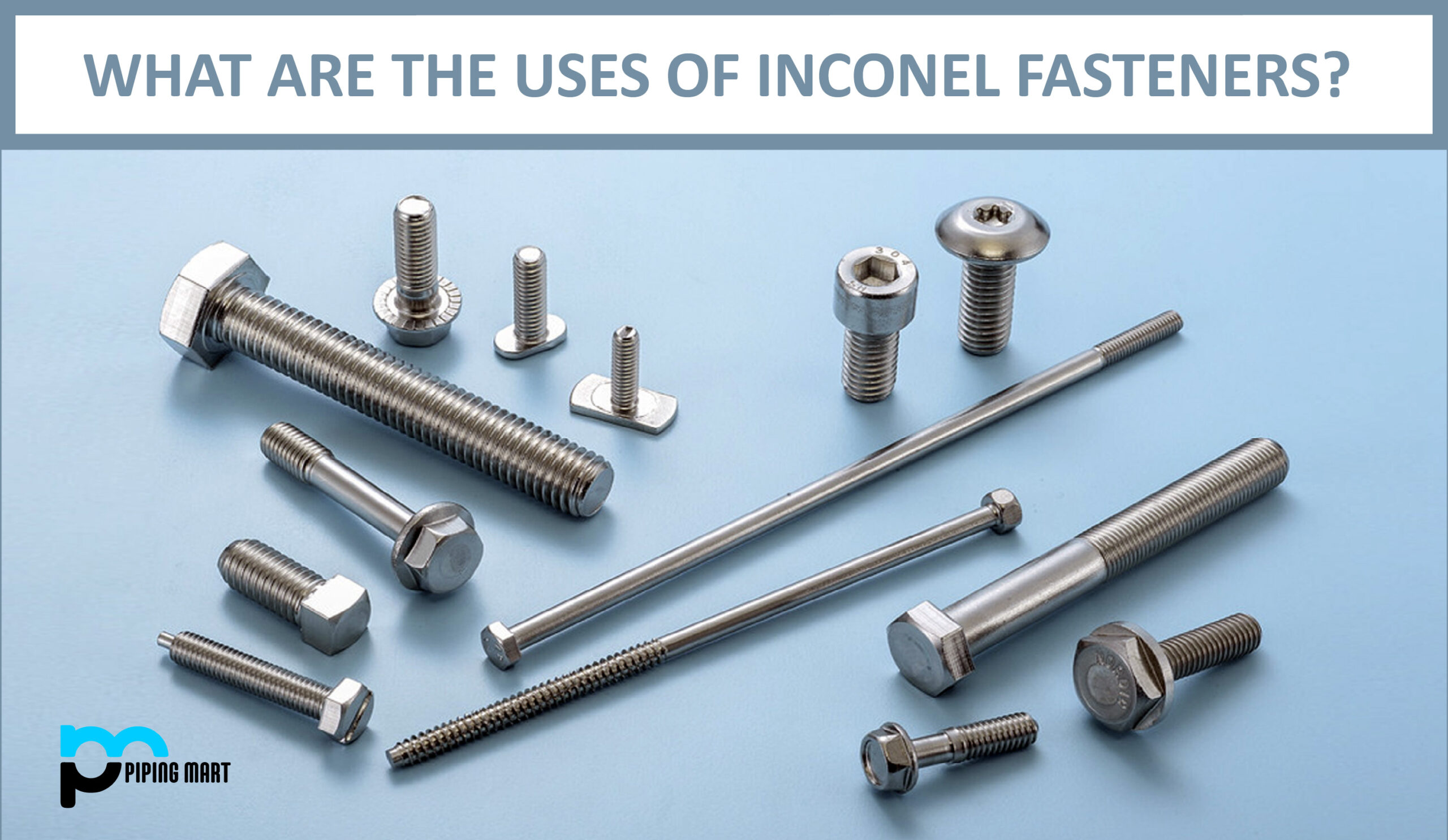If you’re in the welding industry, or even just researching it, you’ve probably heard of fusion welding and TIG welding. But what is the difference between these two processes? The answer lies in their different pros and cons. Let’s take a closer look at the differences between fusion welding and TIG welding.
Fusion Welding
Fusion welding is a type of welding that uses heat to join two pieces of metal together. This process is often used for structural steelwork, such as bridges, buildings, and other large structures. It can also be used for smaller items like jewelry or models. The primary benefit of fusion welding is its durability — it creates strong bonds that are resistant to extreme temperatures and other elements. Additionally, this type of welding requires minimal preparation time compared to other methods like gas-tungsten arc welding (GTAW). However, one downside is that fusion welding requires an experienced welder who knows how to properly manipulate the materials being joined together.
TIG Welding
TIG (or tungsten inert gas) welding is similar to GTAW but with a few key differences. Unlike GTAW, which uses a filler rod to weld the two pieces together, TIG relies on heat generated by an electric arc between the two pieces of metal being joined. This allows for more precise control over the weld area, making it easier to create intricate patterns or designs when joining metals together. Furthermore, because no filler material needs to be used during this process it can save both time and money when compared with GTAW or fusion welding methods. On the downside however, TIG requires more skill than either GTAW or fusion welding as there is less room for error due to its precision-based approach.
Difference Between Fusion Welding and TIG Welding
- Fusion welding is a type of welding that uses heat to melt two pieces of metal together.
- TIG welding is a type of welding that uses an electric arc to weld two pieces of metal together.
- Fusion welding is more commonly used than TIG welding.
- Fusion welding is faster than TIG welding.
- TIG welding produces a higher quality weld than fusion welding.
- TIG welding is more expensive than fusion welding.
Conclusion
Both fusion and TIG welding have their own unique pros and cons depending on your project’s needs. Fusion welders should prioritize durability while those looking for precision might prefer TIG welders instead. No matter which option you choose though, make sure you hire a certified welder with plenty of experience in order to ensure quality results! With a knowledgeable professional on your side, your project will surely come out looking great regardless of which process you choose!

A passionate metal industry expert and blogger. With over 5 years of experience in the field, Palak brings a wealth of knowledge and insight to her writing. Whether discussing the latest trends in the metal industry or sharing tips, she is dedicated to helping others succeed in the metal industry.




